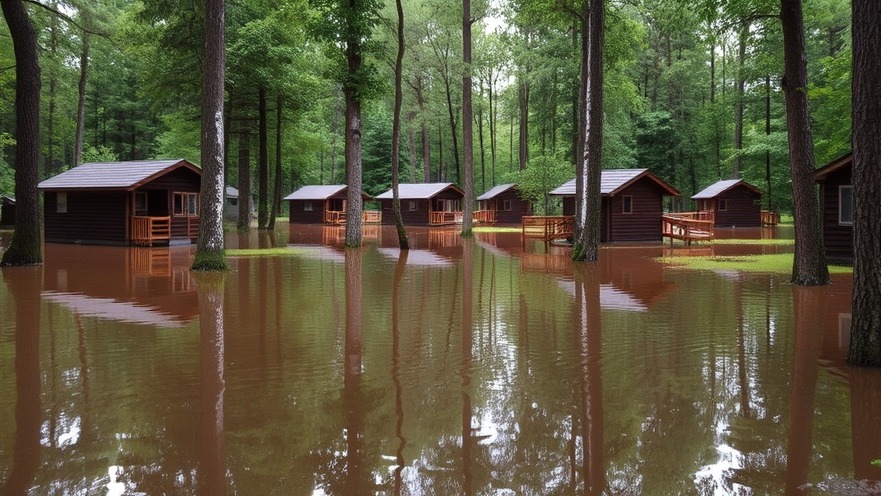
The Grim Reality of Gun Violence: A Community in Shock
The tragic shooting of Antonio Sanchez, a 44-year-old man in San Antonio's West Side, has sent ripples through the community as many grapple with the reality of yet another incident of gun violence. Occurring near the intersection of Southlawn Avenue and Ceralvo Street, Sanchez was found with multiple gunshot wounds early in the afternoon on August 12, 2025. The San Antonio Police Department reported that officers conducting an unrelated traffic stop heard gunfire just moments before discovering Sanchez's lifeless body on the pavement. This heinous act has left many asking: what is driving the alarming rise in local violence?
Community Responses and Expressed Concerns
The frequency of violent crime reports in neighborhoods like the West Side highlights an urgent need for both community and systemic responses. Activists and local leaders are increasingly vocal about how such tragedies are impacting everyday lives, fostering a pervasive sense of fear and uncertainty. Many residents are rallying for enhanced public safety measures, such as increased police presence and support for local community programs aimed at violence prevention.
Analyzing the Factors Behind Gun Violence in Urban Areas
Understanding the context of gun violence in San Antonio requires delving into socio-economic factors, systemic inequalities, and access to firearms. Access to firearms has been a significantly debated topic as proponents of gun rights clash with advocates for gun control reforms. For many community members, the emphasis lies in addressing the root causes of violence—not merely the incidents themselves. Factors such as poverty, lack of educational opportunities, and systemic injustice play a substantive role in shaping the environment where such violence occurs.
Public Safety Initiatives: What’s Being Done?
In response to rising concerns over crime rates, local officials are looking into multiple public safety initiatives. Programs aimed at community-building, youth engagement, and conflict resolution can foster resilience and help mitigate violence. An example includes the establishment of community policing initiatives designed to strengthen the trust between citizens and law enforcement. Engaging residents in safety discussions can also cultivate a communal sense of responsibility towards reducing crime.
Steps Forward: How the Community Can Mobilize
Residents are encouraged to participate in local forums addressing safety and community improvement. This collaborative approach can help in brainstorming effective solutions and creating a supportive network. Engaging with local leaders and attending community meetings can empower individuals to advocate for changes that promote peace and collaboration. From neighborhood watch programs to educational workshops, active participation is key to fostering a safer environment.
A Call for Justice: Remembering Antonio Sanchez
As the community grieves the loss of Antonio Sanchez, it is essential to remember the details surrounding his untimely death. The Bexar County Medical Examiner’s Office has ruled Sanchez’s death a homicide, but as of the latest updates, no arrests have been made. The unanswered questions surrounding the shooting and the urgency for public accountability underscore the lasting impact gun violence has on community trust and clarity. It serves as a reminder of the importance of holding individuals accountable while also initiating conversations focused on long-term solutions.
Addressing gun violence requires not just reactionary measures but a commitment to understanding and resolving the systemic issues that underlie these tragic events. The path forward involves concerted efforts from individuals, community leaders, and local officials in seeking justice and cultivating a safe environment for all residents.
For those interested in following community efforts or seeking support for public safety initiatives, keeping up-to-date with local news, attending city council meetings, and engaging with civic organizations can be powerful first steps to enact change.
 Add Element
Add Element  Add Row
Add Row 



Write A Comment